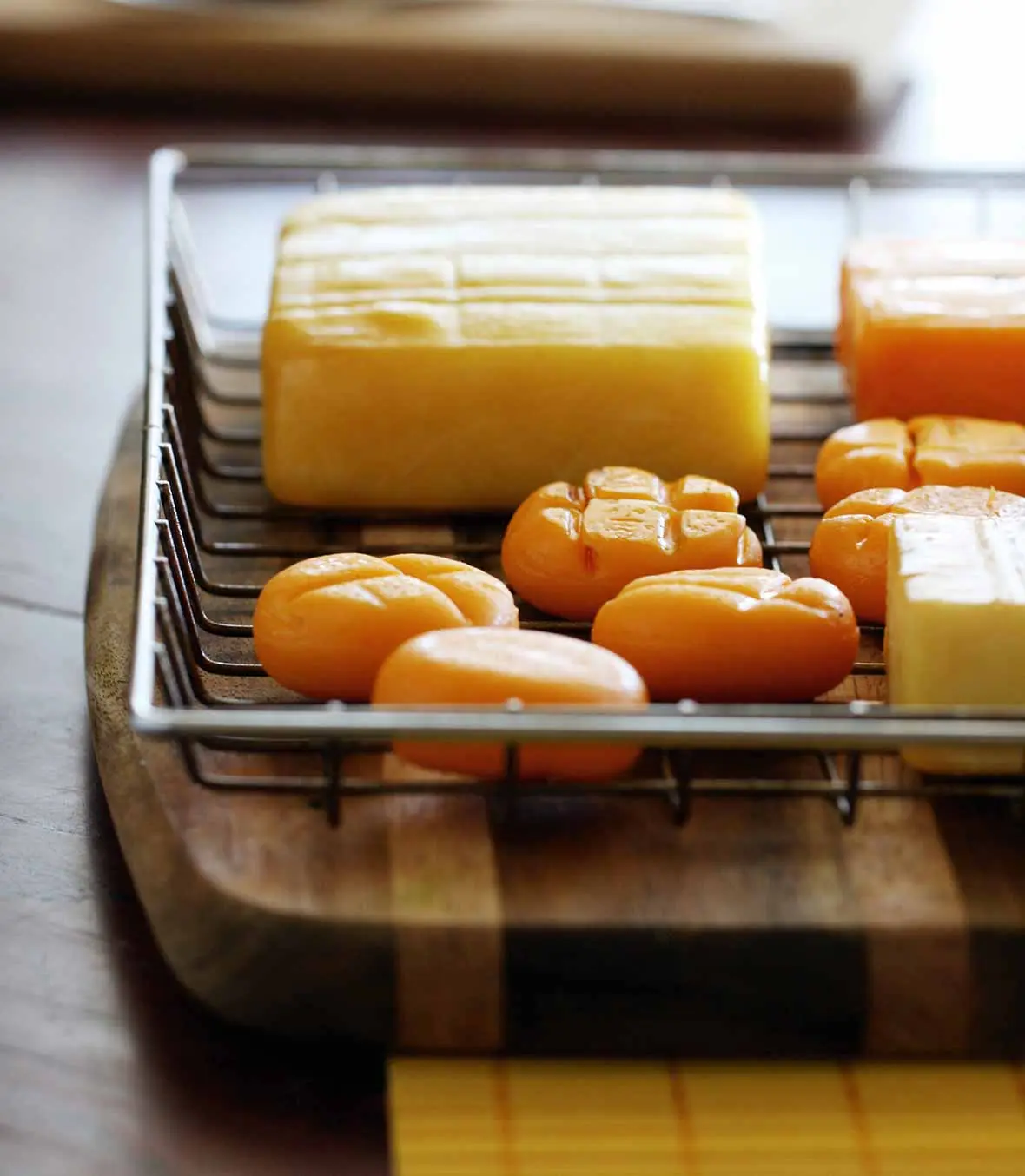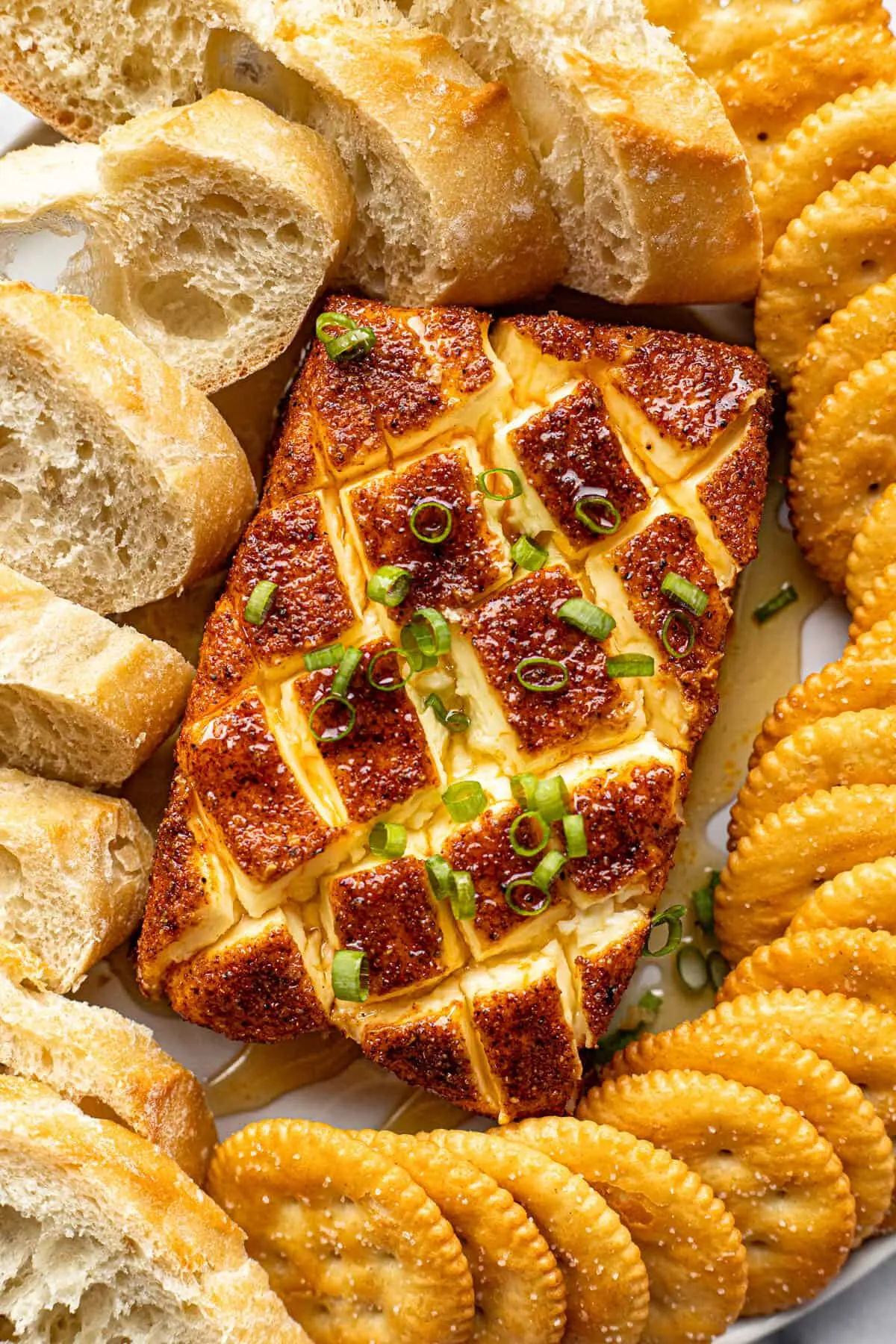If you are a cheese lover looking to add a unique and smoky flavor to your favorite cheeses, then you must try making smoked cheese at home. Smoking cheese not only enhances its taste but also adds a distinct aroma that is sure to impress your taste buds. In this article, we will explore the process of smoking cheese and the best cheeses to use for this delicious endeavor.

What do you do with smoked cheese?
Smoked cheese can be enjoyed in a variety of ways. It can be used as a standalone snack, added to charcuterie boards, or incorporated into various dishes to elevate their flavors. The smoky undertones of the cheese can complement both sweet and savory ingredients, making it a versatile ingredient for culinary experimentation.
Some popular ways to enjoy smoked cheese include:
- Slicing it and enjoying it with crackers or crusty bread
- Grating it over pasta dishes or salads
- Melting it in grilled cheese sandwiches or quesadillas
- Using it as a topping for pizzas or burgers
- Incorporating it into omelettes or quiches
With smoked cheese, the possibilities are endless, and you can let your creativity run wild in the kitchen.
What cheeses are best to smoke?
While you can experiment with different types of cheese, some varieties are known to work exceptionally well when smoked. These include:
Cheddar
Cheddar cheese is a popular choice for smoking due to its firm texture and ability to hold up well to heat. The smoky flavor complements the sharpness of the cheese, resulting in a delicious combination that is hard to resist.
Gouda
Gouda cheese is another excellent option for smoking. Its creamy and slightly nutty flavor becomes even more pronounced when infused with smokiness. Smoked Gouda can be enjoyed on its own or used to enhance the taste of various dishes.
Mozzarella
Smoked mozzarella adds a delightful twist to traditional Italian recipes. The smokiness blends beautifully with the cheese's mild and creamy flavor, making it perfect for pizzas, pasta dishes, or even enjoyed on its own as a snack.
Other cheeses that can be successfully smoked include provolone, Swiss, and Monterey Jack. Feel free to experiment with different cheese varieties to find your personal favorite.
How to smoke cheese
Now that you know what you can do with smoked cheese and the cheeses that work best for smoking, let's delve into the process of smoking cheese at home. Here's a simple step-by-step guide:
Step 1: Preparing the cheese
Start by selecting high-quality cheese that is suitable for smoking. Cut the cheese into smaller blocks or slices to expose more surface area to the smoke. It is essential to choose cheeses that can withstand the heat and won't melt completely during the smoking process.

Step 2: Preparing the smoker
If you own a dedicated smoker, follow the manufacturer's instructions for setting it up. If you don't have a smoker, you can use a grill with a smoker box or create a makeshift smoker using a charcoal grill and aluminum foil. Ensure that the smoker is set to a low temperature, ideally between 90-100°F (32-38°C).

Step 3: Adding smoke
Place wood chips or pellets suitable for smoking, such as applewood or hickory, in the smoker box or directly on the coals. The type of wood you choose will impact the flavor of the smoked cheese, so feel free to experiment with different options to find your preferred taste.
Step 4: Smoking the cheese
Arrange the cheese on a wire rack or a perforated pan, ensuring that there is enough space between each piece for the smoke to circulate. Place the cheese inside the smoker and close the lid. Let the cheese smoke for 2-4 hours, depending on how strong you want the smoky flavor to be. Make sure to monitor the temperature to prevent the cheese from melting.
Step 5: Resting and storing
Once the desired smokiness is achieved, remove the cheese from the smoker and let it rest at room temperature for a few hours. This resting period allows the flavors to settle and the smoke to mellow. Afterward, wrap the cheese tightly in wax paper or vacuum-seal it and refrigerate for at least a week to allow the flavors to develop fully.
Now that you have mastered the art of smoking cheese, it's time to enjoy the fruits of your labor. Slice the smoked cheese, pair it with your favorite accompaniments, and savor the unique and delicious flavors.
Frequently Asked Questions
Can I smoke soft cheeses like Brie or Camembert?
Soft cheeses have a higher moisture content, which makes them more prone to melting during the smoking process. It is best to start with firmer cheeses like cheddar or Gouda before experimenting with softer varieties.
How long can I store smoked cheese?
Smoked cheese can be stored in the refrigerator for up to a month. However, keep in mind that the flavor might intensify over time, so it's a good idea to taste it periodically to ensure it suits your preferences.
Can I smoke cheese without a dedicated smoker?
Yes, you can use a grill with a smoker box or create a makeshift smoker using a charcoal grill and aluminum foil. The process might require a bit more monitoring, but the results can still be delicious.
Summing it up
Smoked cheese is a delightful treat that adds a unique and smoky dimension to your favorite cheeses. By following the simple steps outlined in this article, you can create your own smoked cheese at home. Experiment with different cheese varieties and wood flavors to find your perfect combination. Whether enjoyed on its own or incorporated into various dishes, smoked cheese is sure to impress your taste buds and elevate your culinary creations.
If you want to know other articles similar to Smoked cheese recipe: elevate your culinary creations you can visit the Food category.


Related Articles